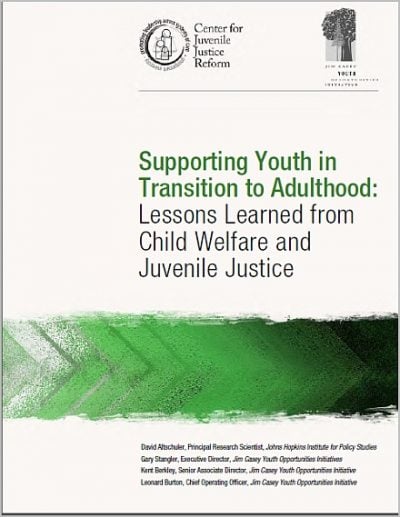Agency Scope
On any given day in America about half a million children live in foster care, and many more are involved in the child welfare system while still living with family.

This paper takes a hard look at how America’s juvenile justice and child welfare systems are faring—and where they are failing—in helping at-risk youth successfully transition to adulthood. Readers will learn what each agency does well, how they’ve evolved, and how they can work better together moving forward. The end goal is simple: Cross-agency collaboration that delivers effective, individualized services to older youth (brighter futures included).
Child-serving systems and their public partners have the potential to significantly reduce the number of disconnected youth. How? By offering coordinated, comprehensive support during a teenager's transition to adulthood. This includes helping these at-risk kids finish high school, get additional credentials for employment, join the labor force and forge lasting connections to their families and communities.
We hope you'll find value in this report. We’d love to get a little information from you, which we'll use to notify you about relevant new resources.